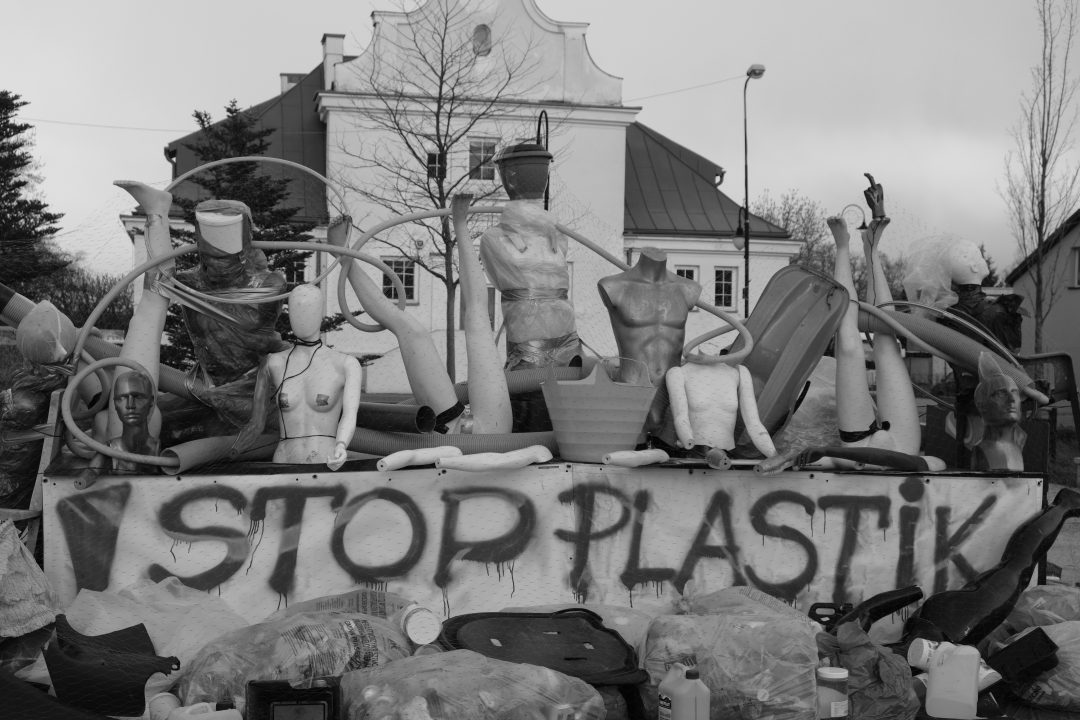
The New Face of Contamination
Plastic pollution is no longer an ocean problem. Micro- and nanoplastics have infiltrated freshwater systems and drinking water worldwide.
A 2022 review across 21 studies, Occurrence of Microplastics in Tap and Bottled Water (PMC, 2022), confirmed their presence in both tap and bottled water globally.
The World Health Organization, in Microplastics in Drinking Water (2022), notes that while conventional treatment removes larger particles, nano-sized plastics remain unmonitored and their long-term health impact is still unclear.
Invisible but Biologically Active
Microplastics act as carriers for heavy metals, PFAS, and endocrine disruptors, amplifying their toxicity.
Humans ingest tens of thousands to millions of particles annually through water and food, according to Estimating Human Consumption of Microplastics (Environmental Science & Technology, 2019).
Studies such as Wright & Kelly, Plastic and Human Health (PMC, 2017) show that microplastic exposure can trigger inflammation, oxidative stress, and immune dysfunction at the cellular level.
Redefining Clean Water
The Global Water Crisis 2.0 is not about scarcity — it’s about invisible contamination.
“Clean” must now mean free of plastic fragments and chemical residues.
Advanced filtration systems, like those developed at Klar2O, target sub-micron plastic particles and associated pollutants that conventional systems miss — ensuring water purity at the molecular level.